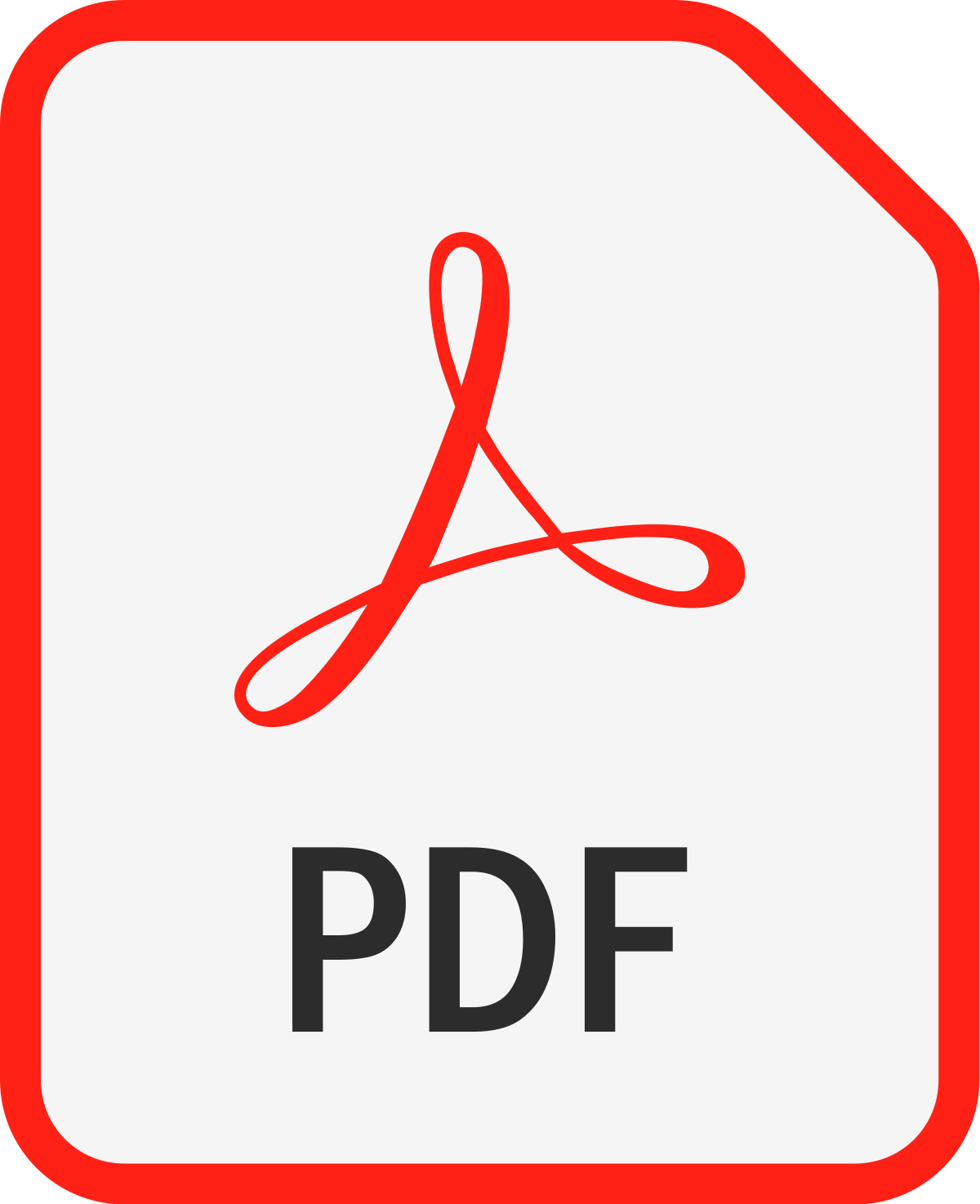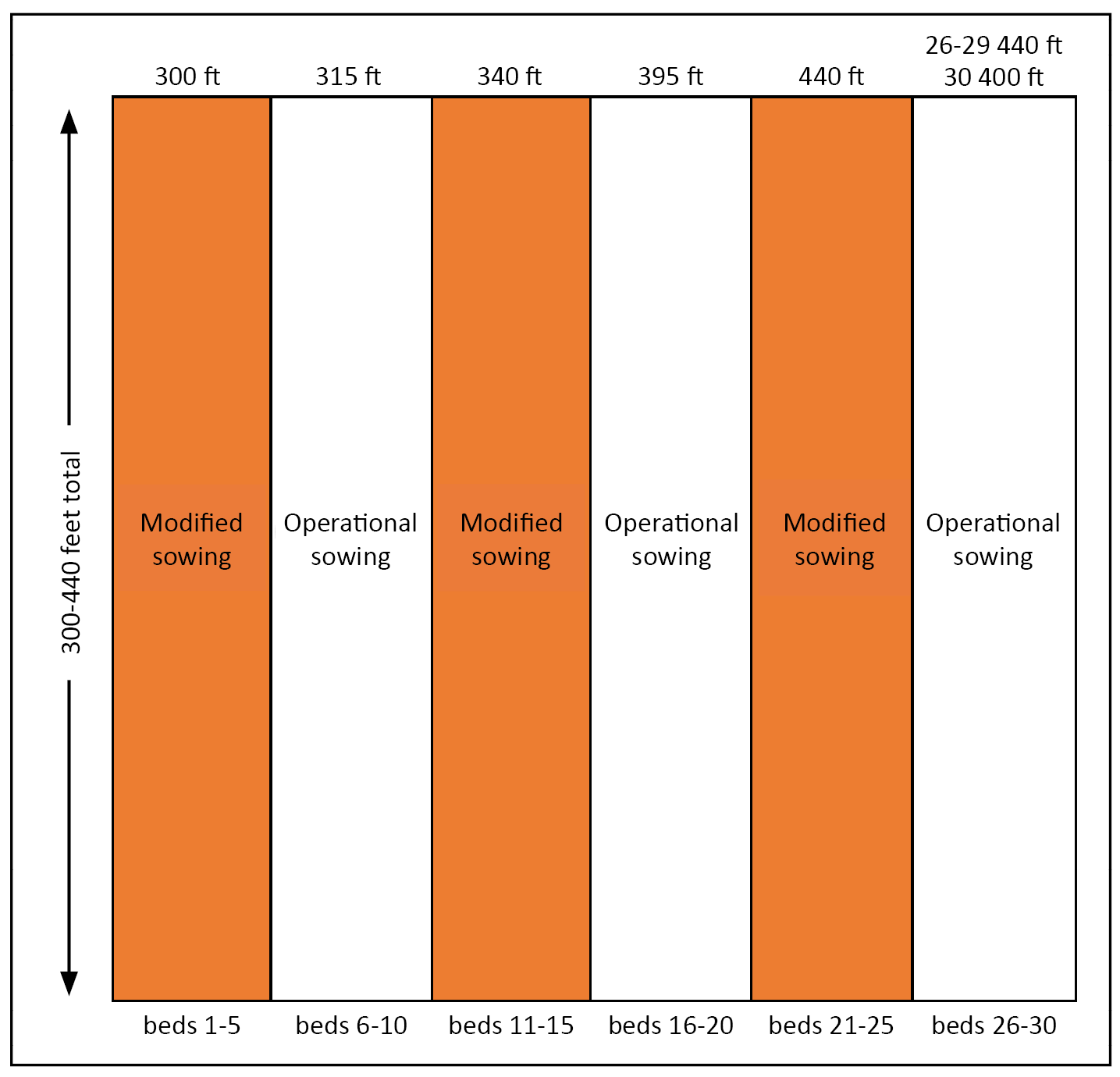Research Report 22-01 
The Effect of Modifications to Sowing Procedures on the Growth and Development of Loblolly Pine Seedlings
Nina Payne, Tom Stokes, and Lucas Singleton
Introduction
In the southeastern United States, weed control in agricultural fields occurs several times during the growing season. Different herbicide application timings allow farmers to tailor weed control efforts to specific weeds within certain crops. Those applications made before the crop emerges include early preplant, preplant, and pre-emergent applications. Early preplant herbicides are used up to 30 days prior to planting to target weeds that emerge very early in the year such as winter annuals. Preplant herbicides are applied to fields from 15 days prior up to the day of planting. Farmers who use either of these herbicide timings must consider the restrictions of some herbicides on the amount of time following application that is considered safe to plant the desired crop (plant-back interval). Pre-emergent herbicide applications are administered shortly after the crop has been planted but before weeds start to germinate. These applications typically achieve better weed control than other preplant options but may not be used on some farms due to labor and equipment restrictions during planting.
Bareroot forest-tree nurseries in the South typically use pre-emergent herbicide applications shortly after pine seed is sown. In addition to sowing and herbicide applications, some growers also apply soil stabilizer and/or mulch to beds on the day of or shortly after sowing. These operations are usually completed within a short window of time, requiring coordination of sufficient equipment and labor.
 Figure 1. Bed designations in modified sowing operations trial.
Figure 1. Bed designations in modified sowing operations trial.
The concept of this trial originated with a Southern Forest Nursery Management Cooperative (SFNMC) nursery manager with knowledge of farming operations in his area. He noted that local producers were applying pre-emergent herbicides to fields a few days prior to planting in the spring. These farmers irrigated those fields after spraying herbicides, then allowed them to remain idle for a minimum of 3 days before sowing their crops. The benefit to those farmers, especially those with smaller operations, was in greater flexibility in equipment and labor use. This trial was initiated to quantify the effects of a pre-sowing herbicide application on loblolly pine seedling development in a bareroot forest-tree nursery. Sowing operations at the nursery selected generally occur over a 1-to-2-day period and require additional labor not typically employed at the nursery during the growing season. All available equipment is used, with the possibility of stoppages due to equipment malfunction, delaying sowing.
Table 1. Loblolly pine seedling characteristics from two sowing methods: a post-sowing herbicide application (operational) and a pre-sowing herbicide application (modified).

Methodology
This trial was installed at the K and L Forest Nursery located near Buena Vista, Georgia in April of 2021. The field selected for the trial was first-year nursery ground that had never been in pine seedling production. Previous crops in the field were soybeans and corn. It was fumigated in March 2021 with 400 pounds per acre of methyl bromide.
Thirty beds with a mean length of 370 feet were selected for use. These were divided into three replications of five beds each based on the width of spraying equipment (see Figure 1). A tank mix of 32 ounces per acre each of Reflex® and Goal® and 48 ounces per acre of Pendulum® AquaCap was applied to beds 1-5, 11-15, and 21-25 on April 23, 2021, and irrigated. The field received an additional 2.2 inches of rain over the following three days. On April 27 (four days later), these beds were sown, mulched and irrigated. The remaining beds (6-10, 16-20, and 26-32) were sown, sprayed with herbicides, mulched and irrigated on the same day (April 27). Nursery personnel performed all spraying, sowing, and spreading of mulch. All seed was from one seed lot.
Germination counts were made on all beds on May 18, 2021, by nursery personnel. No germination differences by treatment were reported. Weed species and quantities were tracked by nursery personnel throughout the growing season. The weeds identified included prostrate spurge, onion grass, crabgrass, bermudagrass, and small quantities of coffee weed and morningglory. It is believed that the grasses were introduced to the area via the mulch. As reported by nursery personnel, weed quantities did not vary by treatment.
On November 9, 2021, sample seedlings were collected for quality measurements. One counting frame was randomly placed on each of the 30 beds in the trial area, and all seedlings within each frame were removed for transport to the SFNMC laboratory in Auburn. Seedlings from outside rows were bundled separately from interior row seedlings. Seedling processing included counting outside and inside row seedlings for a measure of bed density, then randomly selecting 25 interior row seedlings for measurements. This included shoot height, root collar diameter, shoot dry weight, and root dry weight. Results of these measurements are included in Table 1. All data was analyzed and examined using Duncan’s Multiple Range test and Dunnett’s t-test at alpha = 0.05.
Results
There were no statistical differences in measures of seedling quality, including density, shoot height, root collar diameter, shoot dry weight, and root dry weight, from the pre-sowing herbicide application operation compared to the normal method of post-sowing herbicide applications.
Management Implications
Those bareroot forest-tree seedling nurseries with limited equipment and/or labor availability may consider using the pre-sowing herbicide application in their sowing operations. This may provide greater flexibility in labor and equipment use and alleviate time pressures of completing all portions of sowing operations within a short window of time.
References
Hustedde, N. 2017, “Herbicide Application Timing: When to Apply What,” Agricultural Communicators Network. https://agcommnetwork.com/herbicide-application-timing-when-to-apply-what/ (Accessed 04/2021).
Hartzler, B. 2020, “Pre-emergence Herbicide Application Timings: Pros and Cons,” Iowa State University, https://crops.extension.iastate.edu/cropnews/2020/04/preemergence-herbicide-application-timings-pros-and-cons (Accessed 05/2021).




